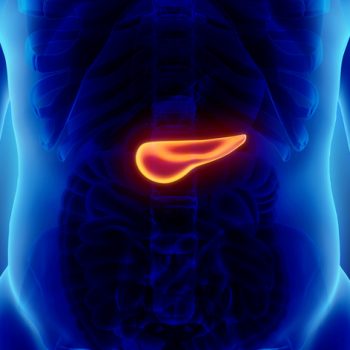When the pancreas is inflamed, there can be many causes. Its inflammation, or pancreatitis, can also be of two different types: acute and chronic. What are the differences and what are the possible courses of treatment? We talk about this topic with Professor Alessandro Zerbi, Head of Pancreatic Surgery at Humanitas.
Acute pancreatitis: onset, symptoms and therapy
It begins suddenly and it is a very variable disease, which can occur in a mild or severe form. “Acute pancreatitis usually occurs with a violent pain that affects the upper quadrants of the abdomen and often radiates even to the back – explained Zerbi – There can also be episodes of vomiting and an impairment of general conditions due to pain. The most frequent cause of acute pancreatitis is gallbladder stones and in some cases acute pancreatitis is the first sign of gallbladder stones. Another cause, although less relevant than the first, is the abuse of alcohol, understood as an episode of excessive consumption of alcohol. How is acute pancreatitis treated? In the vast majority of cases, the most conservative approach is the one preferred today. Where possible, medical, endoscopic or radiological treatment is preferred over surgical treatment. “In patients with acute pancreatitis in mild form (about 85% of cases) 2-3 days of fasting are sufficient and the administration of phlebous to supply the body with lost fluids – said the specialist – instead more complex treatment options are necessary in more serious cases. Hospitalization may also be necessary, sometimes even in intensive care if the damage has affected many other organs such as kidney, lung, and circulatory system.
The role of prevention in chronic pancreatitis
In patients with chronic pancreatitis, the first step is to change lifestyle. Alcohol and smoking, which often act as a contributory cause, must be drastically reduced or eliminated. The role of nutrition is also important: patients with chronic pancreatitis often do not eat adequately. “The intake of pancreatic replacement enzymes could also be indicated to improve the absorption of food – Professor Zerbi explained: in fact, these patients producing less juice and enzymes suffer from a lower absorption of what they eat”. The therapy is therefore first medical-behavioral and if necessary endoscopic, with the insertion of stents inside the pancreas to facilitate the outflow of pancreatic juice. In the most advanced forms surgery may be necessary, which may include the removal of part of the pancreas.








